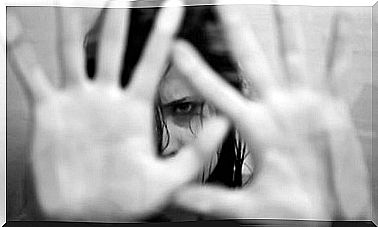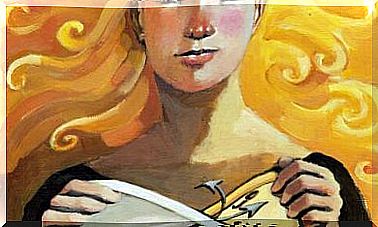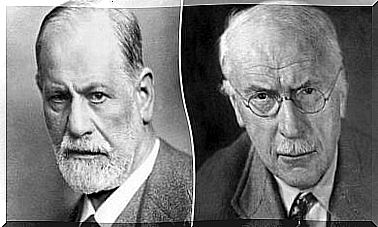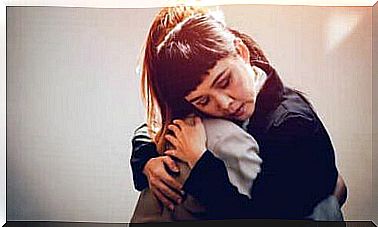The Tale Of Man And The Butterfly: When Helping Doesn’t Help?
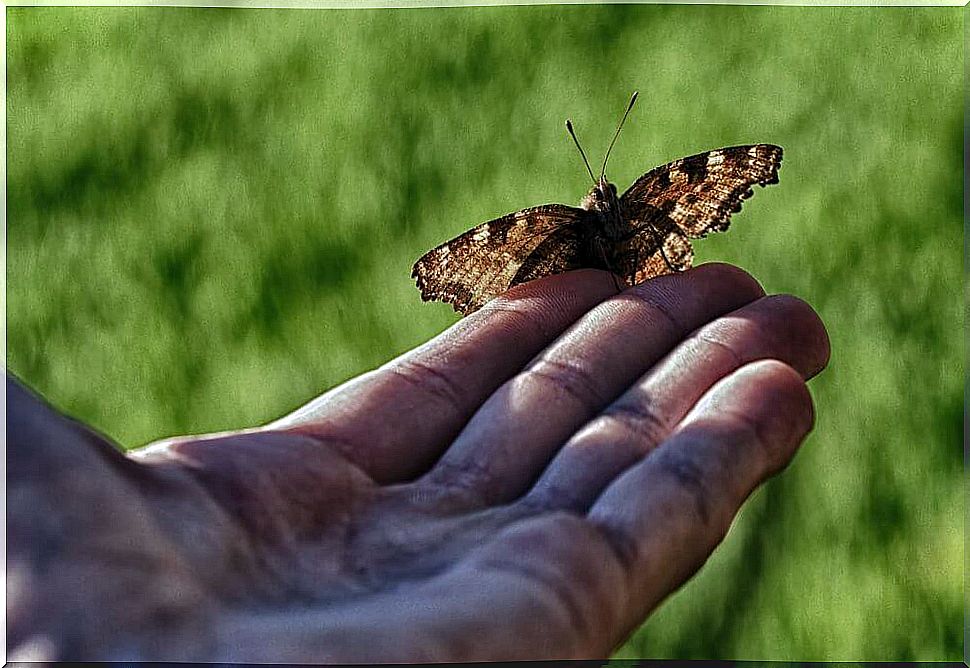
When a person is cornered, struggling with some problem, we usually tend to want to help. Especially if it is a person close to us, a family member or friend. However, very often, the help we offer is not beneficial: on the contrary, often instead of being necessary it is completely useless and harmful.
When should we avoid helping others? We will explain it to you immediately.
The tale of man and the butterfly
An ancient fable tells that a man found the cocoon of a butterfly along the path he was following. He thought that he would be in danger on the ground and took him home to protect that little life that was about to be born. The next day he realized that there was a tiny hole in the cocoon. Then he sat down to contemplate it and saw that the butterfly was struggling to get out.
The effort of the tiny animal was enormous. As much as he tried over and over, he couldn’t get out of the cocoon. At one point, the butterfly seemed to give up. He remained motionless. As if she had given up.
Then the man, worried about his fate, took a pair of scissors and delicately cut the cocoon, from side to side. He wanted to help the butterfly get out. And he succeeded! Finally the insect came out. Yet when he did, his body was inflamed and his wings too small, as if they were bent.
The man waited, imagining it was a passing phase. He thought that soon the butterfly would spread its wings and take flight. But it did not happen: the animal continued to drag itself without being able to fly, and soon died.
The man was unaware that the struggle of the butterfly to get out of the cocoon was an essential phase to strengthen its wings. In that process, the fluids of the animal’s body move into the wings, and in this way the insect transforms into a butterfly ready to fly.
The reward after the effort
As this fable illustrates, what is easy does not always benefit us. Very often we have to overcome difficulties, which make us stronger and help us. Sometimes, as in the case of the butterfly, they even save our lives.
For this we must see the effort as a positive thing, which helps us to overcome ourselves, and not as something that blocks us and prevents us from moving forward . In life we have to go through a series of tests that make us better, help us progress.
Think, for example, of children. If we never allow the baby to fall over when he is learning to walk, if we never stop supporting him, he will probably never learn to walk. Falling is not negative, it is a metaphor for life. And children always get up from their falls, until they can never fall again. This is the reward for their effort, and we must allow people to get up on their own.
When does helping not help?
As in the story, sometimes helping doesn’t help, on the contrary. When someone is having a hard time and starts crying, people tend to rush to ask what happened to them (sometimes because they are genuinely worried, other times just curious). Only a few people remain seated, and they do nothing. What is the best behavior?
When we are sick, we need a short moment of solitude with our pain. This does not mean having no one, it means that those around us respect our spaces and allow the pain to flow. Sitting next to that friend, brother or family member without saying anything, accompanying his pain, staying by his side so that there is someone when he needs a hug, when he needs to be heard: this is the right thing to do.
We have to understand that there are times when we have to be present, but that that fight cannot be completed by anyone other than the one who is suffering.
Overcoming obstacles will make us stronger, more confident and confident. That effort will have its reward. Don’t always look for the easy way out, because the best things take effort. And only we can walk that path, no one can replace us in this enterprise.
